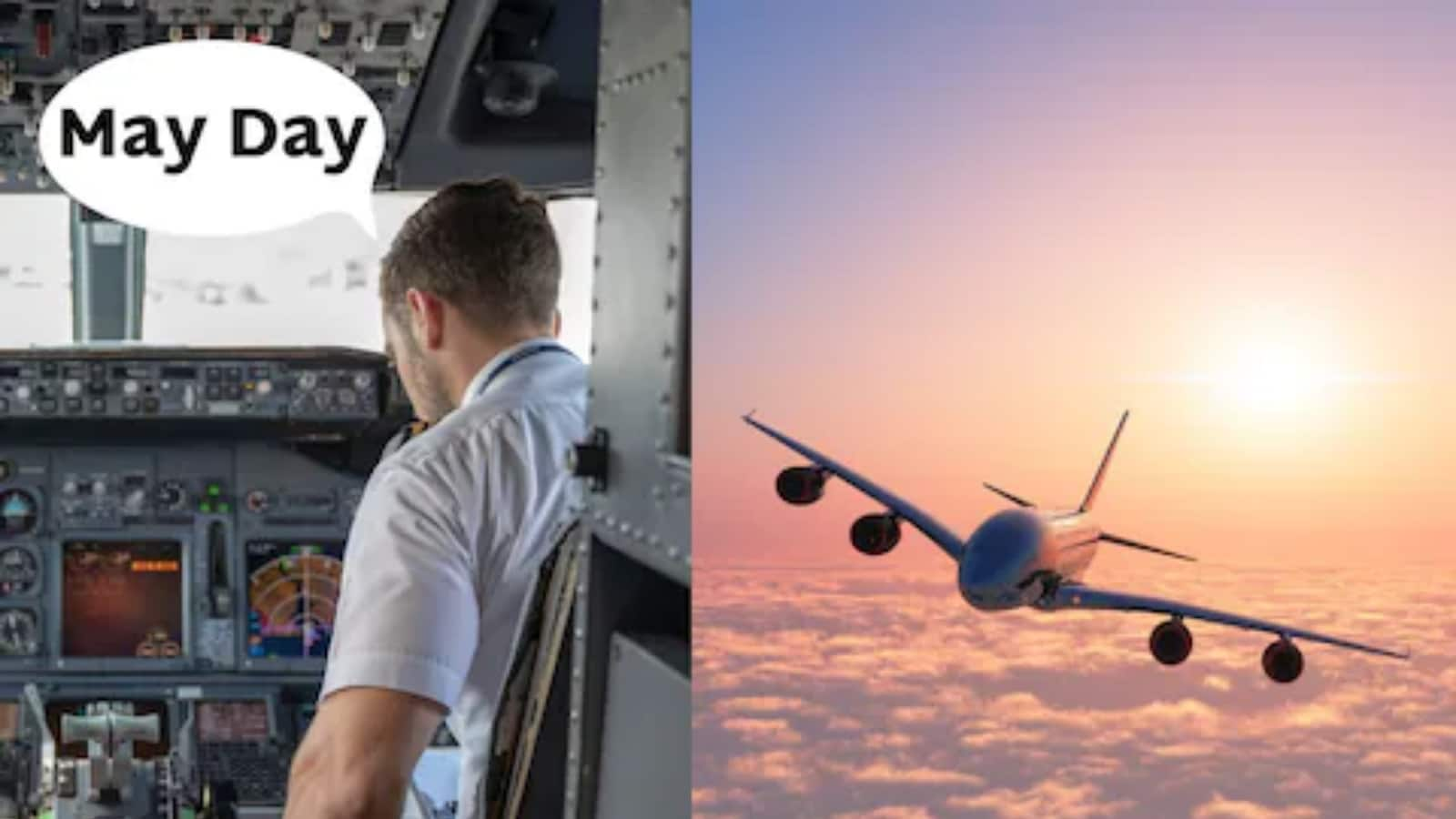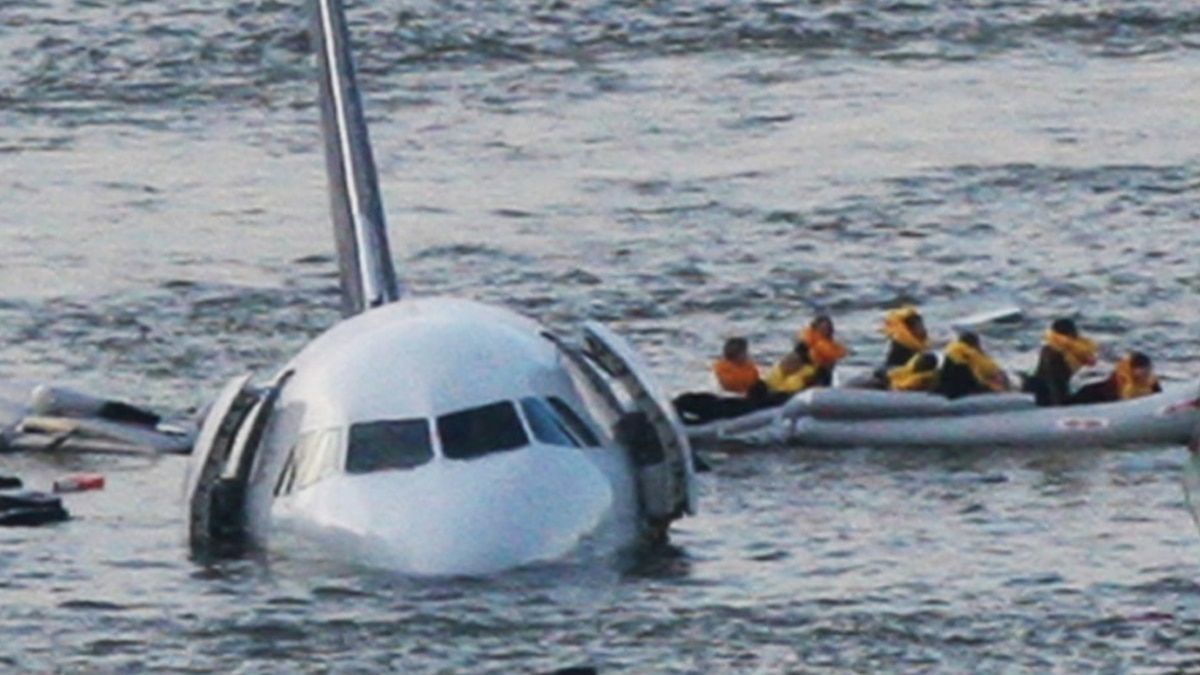As the mayday mayday mayday chapter unfolds, this opening passage beckons readers with captivating language into a world crafted with expertise, ensuring a reading experience that is both immersive and distinctly original. The distress call “Mayday” has played a pivotal role in saving countless lives at sea, in the air, and beyond. Its origins, protocol, and adaptations in various contexts form the crux of this chapter, promising an exploration that is both informative and gripping.
From its humble beginnings as a phonetic adaptation to its standardized usage as an international distress signal, the “Mayday” call has evolved over time. This chapter delves into the historical context and notable incidents that shaped its significance, shedding light on its crucial role in maritime emergencies. Furthermore, it examines the proper usage and procedures for issuing a “Mayday Mayday Mayday” distress call, emphasizing the importance of clarity, accuracy, and the repetition of “Mayday” three times.
Mayday Call Origin and History

The “Mayday” distress signal, universally recognized as a call for immediate assistance, has a rich history rooted in aviation and maritime communication. Its origins can be traced back to the early days of radio communication, when the need arose for a standardized distress call that could be easily understood and recognized by operators regardless of their language or location.
The thrilling events of the Mayday Mayday Mayday chapter leave us on the edge of our seats, eager for more. In a parallel tale, everyone regressed except me chapter 8 unfolds, offering a captivating twist on the theme of regression.
Yet, our minds inevitably return to the enigmatic Mayday Mayday Mayday chapter, where secrets and dangers intertwine, promising an unforgettable conclusion.
The term “Mayday” was first adopted by the International Telecommunication Union (ITU) in 1927 as the international distress signal for radiotelephony. The choice of “Mayday” was based on its phonetic clarity and simplicity, making it easily pronounceable and recognizable even in noisy or difficult communication conditions.
The thrilling conclusion to the “Mayday Mayday Mayday” chapter leaves us yearning for more. While we eagerly await the next installment, let’s venture into the depths of the “Dungeon House” series. Chapter 64 promises an equally captivating tale, as we follow our heroes through a labyrinth of danger and mystery.
Returning to “Mayday Mayday Mayday,” we can’t help but wonder what fate awaits our beloved characters as the story unfolds.
Notable Incidents, Mayday mayday mayday chapter
Throughout history, “Mayday” calls have played a crucial role in saving lives and coordinating rescue operations. Some notable incidents where “Mayday” calls were instrumental include:
- In 1931, the British airship R101 crashed in France, killing 48 people. The “Mayday” call sent by the airship’s crew alerted authorities and facilitated the rescue of survivors.
- In 1954, the passenger ship SS Andrea Doria collided with the Swedish ship MS Stockholm off the coast of Massachusetts. The “Mayday” call sent by the Andrea Doria’s crew led to a massive rescue operation involving multiple ships and aircraft, resulting in the rescue of over 1,600 passengers and crew.
Evolution of “Mayday”
Over the years, “Mayday” has evolved from its initial use in aviation and maritime communication to become a standardized distress call recognized worldwide. It is now used across various modes of communication, including radio, satellite, and even social media, to signal an immediate and life-threatening emergency.
“Mayday Mayday Mayday” Protocol
The “Mayday Mayday Mayday” protocol is a standardized distress call used in aviation and maritime emergencies. It is the most urgent distress signal, indicating a grave and imminent danger to life or vessel.
Amidst the riveting events unfolding in the “Mayday Mayday Mayday” chapter, readers are eagerly anticipating the latest installment of the captivating “Couple Breaker” series. In Chapter 45 , the enigmatic love triangle intensifies, leaving readers on the edge of their seats.
The stakes are higher than ever as the characters navigate complex emotions and unexpected obstacles. With each twist and turn, the “Mayday Mayday Mayday” chapter promises to keep readers enthralled until the very end.
Proper Usage and Procedures
- Only use in life-threatening emergencies. Do not use “Mayday” for non-urgent situations or false alarms.
- Repeat “Mayday” three times. This ensures the call is recognized as a distress signal and not mistaken for a routine communication.
- Provide clear and concise information. Include the following details:
- Nature of the emergency (e.g., fire, collision, medical emergency)
- Location (e.g., coordinates, landmarks)
- Type of assistance needed (e.g., medical evacuation, search and rescue)
- Any other relevant information (e.g., number of people involved, condition of vessel/aircraft)
Significance of Repeating “Mayday” Three Times
Repeating “Mayday” three times serves several purposes:
- Distinguishes distress calls from routine communications. The repetition makes it clear that the call is an emergency and requires immediate attention.
- Reduces the risk of miscommunication. The repetition ensures that the call is received and understood correctly, even in noisy or difficult communication conditions.
- Creates a sense of urgency. The repetition conveys the severity of the situation and emphasizes the need for immediate assistance.
“Mayday” in Various Contexts

Beyond its origins in maritime distress calls, “Mayday” has been adopted and adapted in various fields, each with its own unique protocols and variations.
Aviation
In aviation, “Mayday” is used to signal an immediate and life-threatening emergency. It is typically transmitted by pilots experiencing critical situations such as engine failures, structural damage, or imminent collision.
- Example: “Mayday, Mayday, Mayday, this is Cessna 1234. We have lost both engines and are descending rapidly. Request immediate assistance.”
Space Exploration
In space exploration, “Mayday” is used to communicate an emergency situation involving astronauts or spacecraft. It is typically transmitted when there is a threat to the safety of the crew or the mission.
- Example: “Mayday, Mayday, Mayday, this is Apollo 13. We have experienced an explosion in our oxygen tanks. We are requesting immediate evacuation.”
Other Fields
“Mayday” has also been adopted in other fields, including:
- Emergency Services: Firefighters, paramedics, and police officers may use “Mayday” to signal an emergency situation involving themselves or their colleagues.
- Military: Military personnel may use “Mayday” to communicate an urgent need for assistance in combat or other dangerous situations.
- Amateur Radio: Amateur radio operators may use “Mayday” to indicate an emergency situation involving themselves or others.
In all these contexts, “Mayday” serves as a universal distress call, indicating an immediate and critical emergency requiring urgent assistance.
Final Conclusion: Mayday Mayday Mayday Chapter

In conclusion, the “Mayday” distress call stands as a testament to human ingenuity and the unwavering commitment to saving lives in perilous situations. Its standardized protocol and widespread recognition have made it an indispensable tool in the realm of emergency communications. As we navigate the vast expanse of the world, the “Mayday” call serves as a beacon of hope, reminding us that even in the face of adversity, help is always within reach. Its legacy will continue to endure, ensuring that those in distress will always have a voice that can be heard.